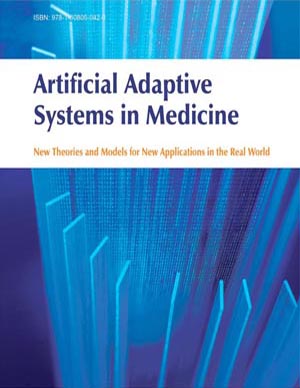Abstract
This chapter presents the innovative use of special types of Artificial Neural Networks assembled in a novel methodology, capable of compressing the temporal sequence of EEG data into spatial invariants. The spatial content of the EEG voltage recorded from 19 channels along 60 seconds is extracted by a stepwise procedure using ANNs (SEMEION©). The core of the procedure is that the ANNs do not classify individuals by directly using the EEG data as an input. Rather, the data inputs for the classification are the weights of the connections within a non linear Auto-Associative ANN trained to generate the recorded EEG data. These connection weights represent an optimal model of the peculiar spatial features of the EEG patterns at scalp surface. The classification based on these weights is then performed by a supervised ANN. Half of the EEG database is used for the ANN training and the remaining EEG database serves for the automatic classification phase (testing). The best results distinguishing between mild Alzheimer patients and Mild Cognitive Impairment patient were equal to 92.33%. The comparative results obtained with the best method so far described in the literature, based on blind source separation and Wavelet pre-processing, were 80.43% ( p < 0.001). These results confirmed the working hypothesis and represent the basis for research aimed at integrating spatial and temporal information content of the EEG.






















